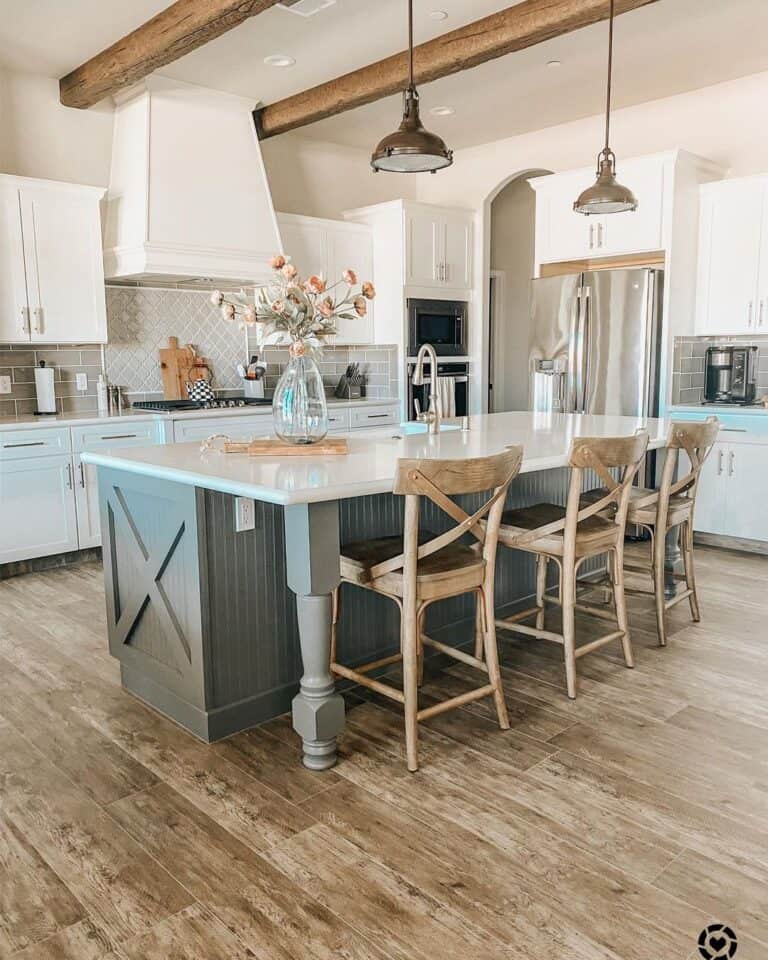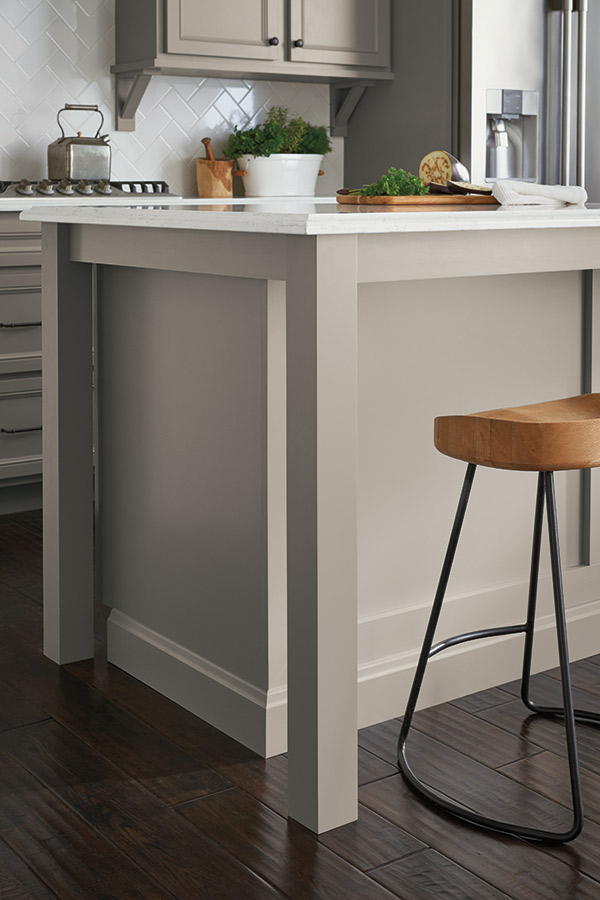Change Any Type Of Kitchen Space with Gorgeous Legs For Kitchen Island Selections
Change Any Type Of Kitchen Space with Gorgeous Legs For Kitchen Island Selections
Blog Article
Essential Elements to Take Into Consideration When Choosing Legs For Kitchen Island
Picking the appropriate legs for a kitchen island involves a careful evaluation of numerous aspects that can considerably influence both capability and visual appeal. As we explore these aspects, it becomes clear that each decision can have significant effects for the overall kitchen experience.
Material Options
When picking legs for a kitchen island, recognizing the different material choices is crucial for achieving both aesthetic allure and structural integrity (Legs For Kitchen Island). The selection of material significantly affects not only the durability of the island but also its general layout and capability
Timber is a prominent selection, offering heat and convenience. Solid hardwoods, such as oak or maple, give toughness and can be stained or painted to match the kitchen area design. Steel legs, often made from stainless steel or functioned iron, add a commercial and contemporary feel while making sure durability and security. These materials are immune to wear and can sustain substantial weight, making them excellent for larger islands.
An additional alternative is crafted materials, like MDF or plywood, which can be much more affordable while still providing a range of finishes. Nonetheless, they might not give the very same degree of stability as strong timber or metal. Lastly, products such as acrylic or glass can produce a contemporary look, though they might need additional assistance to make sure security.
Inevitably, the choice of material for cooking area island legs need to straighten with the desired capability and the general theme of the cooking area.
Design And Style

When taking into consideration style, the shape and finish of the legs are vital. Tapered legs can offer a sense of lightness and sophistication, while thicker, a lot more durable legs can communicate stamina and security. Furthermore, the finish-- be it repainted, tarnished, or all-natural-- must match the cabinets and counter top materials to create a unified look.
Moreover, the style of the legs can also reflect individual preference. Personalized or attractive legs, such as those including complex carvings or one-of-a-kind geometric shapes, can act as prime focus, including personality and character to the kitchen area. Ultimately, the right selection will certainly not only improve functionality yet additionally raise the aesthetic allure, making the cooking area island a standout function of the home.
Height Factors To Consider
Choosing the proper elevation for kitchen island legs is critical, as it directly affects both functionality and comfort. The standard height for a cooking area island usually ranges from 36 to 42 inches, straightening with typical kitchen counter heights.

It is likewise vital to represent users' preferences and elevations. Personalizing the height can ensure a comfy experience for all relative, making the cooking area island a much more enjoyable and useful area.
Weight Support
Making certain appropriate weight support for cooking area island legs is important for both safety and security and performance. The kitchen island usually serves numerous purposes, consisting of cooking, eating, and extra storage space, necessitating a durable support structure. When picking legs, it is important to think about the general weight capability required based on the island's planned use and the products that will certainly be put on it.
The selection of material for the legs plays a considerable duty in their weight-bearing capabilities. Strong wood, metal, and sturdy composites normally give exceptional toughness contrasted to lighter materials. Furthermore, the style of the legs-- whether they are right, tapered, or have a pedestal form-- can influence their capacity to disperse weight efficiently across the framework.
Constantly speak with the manufacturer's requirements regarding tons restrictions to guarantee that the legs can maintain the designated weight without jeopardizing safety and security. In recap, picking cooking area island legs with ample weight assistance is essential for developing a practical and risk-free culinary space.
Installment and Upkeep
Correct installment and upkeep of kitchen area island legs are vital for guaranteeing longevity and security. To start, it is crucial to adhere to the supplier's standards throughout installment. This usually my latest blog post includes protecting the legs to the island base using ideal fasteners, ensuring that the legs are degree and look at here lined up. Utilizing a degree tool can help stop wobbling and boost the general aesthetic allure of the kitchen area island.
When installed, routine upkeep is required to maintain the integrity and look of the legs - Legs For Kitchen Island. For wood legs, regular cleansing with a wet cloth and application of ideal wood polish can protect against wetness damages and maintain their surface. Steel legs may call for a gentle cleaning remedy to remove oil and crud, followed by a completely dry towel to stop corrosion formation
Furthermore, check the legs routinely for indications of wear or damages, such as fractures or loosened joints. Tightening up screws or screws as required can additionally lengthen the life-span of the legs. By adhering to these installation and maintenance practices, property owners can make sure that their kitchen area island stays strong and aesthetically appealing for several years ahead.
Conclusion

Visual coherence is vital in picking the design and design of legs for a kitchen area island, as these components greatly influence the general atmosphere of the area. Conical legs can give a sense of lightness and beauty, while thicker, a lot more durable legs can share toughness and security.Picking the ideal elevation for cooking area island legs is crucial, as it directly impacts both performance and comfort. In summary, selecting kitchen area island legs with sufficient weight support is vital for creating a risk-free and practical culinary space.
In conclusion, selecting legs for a kitchen island necessitates careful consideration of numerous variables, consisting of material options, design, elevation, weight assistance, and setup.
Report this page